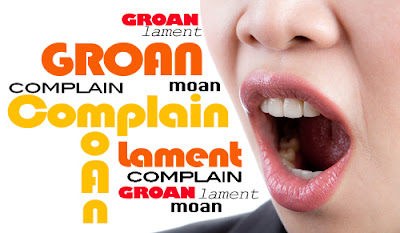A critic is a eunuch working in a harem.
He watches it, but he knows he can't do it.
— Howard Fast
In the moment we forget, the critic always has an agenda far different from the creative's.
When it appeared in 1929, critics trashed William Faulkner's The Sound and the Fury.
Clifton Fadiman headlined his review in Nation, "Hardly Worth While," and wrote, "The themes and the characters are trivial, unworthy of the enormous and complex craftsmanship expended on them."
Twenty years later, the novel was a chief reason Faulkner won the Nobel Prize; and today it's considered the apotheosis of modernist fiction.
When it appeared in 1929, critics trashed William Faulkner's The Sound and the Fury.
Clifton Fadiman headlined his review in Nation, "Hardly Worth While," and wrote, "The themes and the characters are trivial, unworthy of the enormous and complex craftsmanship expended on them."
Twenty years later, the novel was a chief reason Faulkner won the Nobel Prize; and today it's considered the apotheosis of modernist fiction.
Critics—without qualifications or qualm—act as judge, jury and executioner. (Fadiman wrote a lot of criticism in his lifetime; but never a single novel.)
Critics who can't do what you do aren't worthy.
They're bystanders. Peeping Toms. Eunuchs in a harem.
So fuggedaboutem, whatever you create.
Let a real jury (the market) decide.
Coda: Seth Godin says, "If a critic tells you that, 'I don’t like it,' or 'this is disappointing,' he’s done no good at all. In fact, quite the opposite is true. He’s used his power to injure without giving you any information to help you to do better next time. Worse, he hasn’t given those listening any data to make a thoughtful decision on their own. Not only that, but by refusing to reveal the basis for his criticism, he’s being a coward, because there’s no way to challenge his opinion."
Coda: Seth Godin says, "If a critic tells you that, 'I don’t like it,' or 'this is disappointing,' he’s done no good at all. In fact, quite the opposite is true. He’s used his power to injure without giving you any information to help you to do better next time. Worse, he hasn’t given those listening any data to make a thoughtful decision on their own. Not only that, but by refusing to reveal the basis for his criticism, he’s being a coward, because there’s no way to challenge his opinion."
Fuggedaboutem.







